Understanding the context of conflict in Puerto Rico, Guam, the United States Virgin Islands, American Samoa, and the Northern Mariana Islands is of utmost importance when examining the experiences and development of the US territories. The islands have not been exempt from the complexities and challenges that come with conflict, and delving into their historical narrative allows for a deeper comprehension of their present circumstances.
The territories have witnessed a diverse range of conflicts throughout their history, each leaving a lasting impact on the lives of their inhabitants. From native clashes and colonial struggles to geopolitical rivalries, these territories have been constantly at the center of historical events that have shaped their development and will continue to do so in the future. Exploring this historical context provides valuable insights into the forces that have influenced the territories’ social, political, and economic landscapes.
Wars and territorial disputes have resulted in the eradication of cultures, changes in sovereignty, displacement of populations, and the establishment of military installations. These conflicts have affected the lives of individuals and communities, leaving a legacy of trauma, cultural shifts, and socioeconomic challenges. By understanding the impact of conflict, we gain an appreciation for the resilience and determination exhibited by the territories’ residents.
Moreover, military use of the territories has played a significant role in shaping their contemporary existence. These regions have often served as strategic bases for military operations, hosting military installations and providing logistical support. This military presence has had positive and negative effects, influencing local economies, land use, and environmental sustainability. It is this complex relationship between defense interests and the well-being of local communities that then plays a central part in past, current, and future debates on the topic.
Looking toward the future, it is essential to consider how conflicts will continue to shape the lives of the territories’ residents. Geopolitical dynamics, resource competition, and evolving security challenges all contribute to an uncertain landscape. Understanding the historical context, impact, and military use of the territories allows us to reflect on the lessons learned.
Statue of Agüeybaná II, El Bravo, in the Monument Park to Agüeybaná II, El Bravo, at the intersection of the Ponce Bypass and the Ave. Hostos, Playa neighborhood, Ponce, Puerto Rico. Photo credit: Tito Caraballo
Map of the Tui Manu’a Empire of Samoa. Photo credit: Samoanalama on Wikipedia
Girls Carrying a Canoe, Vaiala in Samoa
The historical context of conflict in the territories
The historical context of conflict with the US territories is rich and complex, shaped by significant events such as the advent of colonization by powers like Spain and the Netherlands, then the advent of US control through the Spanish-American War for Puerto Rico and the US Virgin Islands, the Samoan Civil War for American Samoa, and World War II for Guam and the Northern Mariana Islands. These events have had a profound impact on the territories, influencing their political, social, and economic landscapes.
But even before colonization altered the course of history for these islands, conflict had already been leaving its mark. Oral Samoan and Tongan history tell of a confederacy based in the Manu’a islands, now part of American Samoa, that ruled as far as Fiji and Tonga, as well as smaller islands like Uvea, Futuna, Tokelau, and Tuvalu. Upon that empire’s decline, conquests originating from Tonga gave birth to a new polity that was also later expelled, presumably through armed conflict, all this going as far back as 950 AD. Military victories also led to the rise of a warrior princess that is believed to have predicted the coming of Christianity to the archipelago, which would lead to the unification of the Samoan islands.
While not much is known in terms of warfare about the natives of the Mariana Islands, the culture would eventually also develop weapons that would prove pivotal in their history. A similar situation is true for the ancient cultures of Puerto Rico and the US Virgin Islands, where very little was recorded in terms of conflict before colonization. That said, there are accounts of constant clashes between the Taino and the Kalinago (or Carib) people, the latter developing a reputation for raids in Caribbean islands. These raids apparently proceeded over the course of two centuries before the arrival of Christopher Columbus. The Kalinago were described as fierce warriors that displaced Tainos through “warfare, extermination, and assimilation.”
Then with the arrival of European powers, the role of conflict and its consequences becomes more clear. With the arrival of more colonizers, conflict brewed shortly after the islands’ discovery, leading to conflicts now widely recognized and part of folklore, such as the Taíno rebellion of 1511. The imposition of slavery, the death of the first chieftain of the Taíno tribes in Puerto Rico Agueybaná, and the subsequent drowning of Diego Salcedo in the river of Añasco propelled Agueybaná II (The Brave), the island’s new chieftain, to lead the natives in revolt against the Spanish. Despite an initial victory, a crackdown by then-governor Juan Ponce de León culminated in a massacre that ended Puerto Rico’s first recorded military conflict.
The consequential nature of conflict from that point on was undeniable. In fact, it appears to have even led to San Juan becoming the eventual capital of Puerto Rico instead of Naguabo due to Taino and Kalinago attacks on Spanish settlements. It culminated in the native civilization all but disappearing in a span of less than two decades.
The Spanish found similar resistance amongst the CHamoru, who engaged in conflict from 1670 to 1699. These wars also resulted in the extermination of the natives, paving the way for new identities, as well as cultural and societal norms to take over. Conflict then took place between colonial powers, like during the many battles the Spanish fought against the Dutch and the British to control Puerto Rico. These conflicts also led to historical curiosities, like Spain aiding rebelling colonists in what would become the United States during the American Revolutionary War, providing naval shelter, Puerto Rican troops, and supplies.
These colonial conflicts would continue well into the 19th century, joined by civil unrest. In the US Virgin Islands, the 1733 slave insurrection on St. John was one of the earliest and longest slave rebellions in the Americas. It preceded smaller revolts in Puerto Rico that ultimately were also unsuccessful in overthrowing the colonial powers.
The 19th century brought airs of independence to the colonies in the Americas, which echoed in Puerto Rico, with intentions of establishing a Republica Boricua with the western city of Mayagüez as its capital. These plans never materialized but were the first of many to declare Puerto Rico’s independence, sometimes through violence. The stage was set nonetheless for dramatic change, which came soon once the United States developed its own imperial ambitions.
The Spanish-American War of 1898 played a pivotal role in reshaping the very status of several territories. As a result of the Treaty of Paris, which ended the war, the United States acquired Puerto Rico, Guam, and the Philippines from Spain. The US had also expressed interest in the Danish Virgin Islands in 1867, again in 1902, ultimately acquiring them in 1917 after the onset of World War I and fears that the islands would be seized by Germany.
It’s worth noting that around the turn of the century, Germany was also tangling with the US over the control of the Samoan and the Northern Mariana Islands. Civil strife in the Samoan islands resulted in the Germans gaining control of Western Samoa (the rest becoming American Samoa). They also purchased the remainder of the Marianas archipelago beyond Guam. For the Northern Marianas, a relatively calm period would come to an abrupt end with the brutal Japanese occupation of the islands during World War I, which wouldn’t end until the second world war with the American seizure of the territory.
This marked the beginning of the American presence in these regions and introduced a new era of colonialism. During World War II, the territories in the Pacific Theater became strategically important for the United States. Guam was also occupied by Japanese forces, and the US waged a fierce campaign to retake the island. The Battle of Guam in 1944 resulted in the liberation of the territory and the restoration of US control.
The Cold War era further shaped the context of conflict in the territories. The United States maintained military bases in Guam and Puerto Rico, positioning these territories as key strategic locations for defense purposes. The threat of communism and the desire to project American power in the region intensified military presence and geopolitical dynamics.
Understanding the historical context of conflict in the US territories is crucial in comprehending the challenges and complexities they face today. It highlights the legacy of colonialism, the geopolitical dynamics of the regions, and the ongoing struggle for self-determination. As the territories navigate their future, it is essential to acknowledge and address the historical forces that continue to shape their lives and aspirations.
Fita Fita Guard of American Samoa. Photo credit: American Samoa Historic Preservation Office
Tanapag Harbor Saipan, Naval Advance Base Saipan in 1945
Territories for military use
The US territories have, almost unfailingly, long played a significant role in military strategy and operations due to their strategic geographical locations. They have been home to various military bases and installations, which have had both positive and negative impacts on local communities.
The strategic importance of the territories stems from their proximity to key regions and their potential for power projection. For example, Guam, located in the Western Pacific, has been a crucial hub for projecting military power in the Asia-Pacific region. Similarly, the US territories in the Caribbean have served as strategic points for maritime operations and surveillance.
On one hand, the presence of military bases has brought economic opportunities to the territories. The military contributes to the local economy by creating jobs, supporting businesses, and stimulating economic growth. Military personnel and their families inject spending into the local communities, supporting various industries such as housing, retail, and services.
However, the military use of the territories has also had social and environmental impacts on the local communities. The establishment of military bases often involves land acquisition and displacement of local residents. This can disrupt established communities and cultural ties to the land. Additionally, the military presence can lead to social challenges, including tensions between military personnel and the local population, as well as issues related to crime and public safety.
A prime example of this has been in Puerto Rico and Guam. In the former, the consequences of the military’s presence are felt territory-wide, from the former bases in Aguadilla and Ceiba to the contamination and subsequent health issues now pervasive across Vieques and Culebra. These issues have been at the forefront of displeasure with the military’s use of lands in Puerto Rico, leading to civil disobedience and multiple efforts to expel the armed forces. Despite a withdrawal from several bases on the islands, the consequences of their time there will be felt for a long time.
In Guam, similar consequences are the source of debates on the island, as military interests seem to override local concerns. The environmental impacts of military activities are being felt across the territory each day to a greater extent due to current geopolitical issues. Military bases require significant infrastructure, including airfields, ports, and training ranges, which can encroach on ecologically sensitive areas. The use of munitions, fuel, and other resources can result in pollution and environmental degradation. These concerns have spread to the north as the CNMI experiences a shift in its relationship with the military.
For many in the territories, it is crucial to strike a balance between the military’s strategic needs and the well-being of local communities. Engaging in open dialogue and collaboration between the military and local stakeholders can help address concerns and mitigate negative impacts. Advocates say efforts should be made to ensure that the military presence respects the cultural heritage, rights, and needs of the local communities and that environmental stewardship should also be prioritized to minimize the ecological footprint of military operations.
US Virgin Islands Army National Guard Distinctive Unit Insignia
Puerto Rico Army National Guard Distinctive Unit Insignia
Guam Army National Guard Distinctive Unit Insignia
Impact of conflict on the territories
Taking the context of history, military use, and its consequences on the territories, a fair question arises: would there be territories without conflict? The very existence of colonial possessions or territories seems dependent on the advancement of economic but mostly military interests. Conflict is then an existential concept to the explanation of life in the territories. It naturally affects various aspects of society, culture, economy, and the environment.
Culturally and socially, conflict has had a profound impact on the identity and well-being of the people in the territories. Historical conflicts and colonization have led to the displacement of indigenous populations, the loss of cultural heritage, and the imposition of foreign norms and values. The social fabric of these communities has been shaped by things like the appointment of military governors in every territory, and the presence of military bases, leading to a complex interplay between local cultures and the military culture brought by servicemembers and their families.
American Samoa, Guam, and Puerto Rico have claimed at different points some of the highest enlistment and service rates across the entire US, a fact that can provoke conflicting sentiments. So can the fact that there have been Puerto Rican soldiers fighting for the US since its revolutionary war to now recent conflicts in Afghanistan and Iraq. Feelings of pride often clash with those of resentment over what appears to be a one-sided relationship strictly to the benefit of the US. A prime example is an often repeated belief that US citizenship was only granted to Puerto Ricans so that they could be enlisted to fight in World War I, despite the existence of a Puerto Rican regiment in the US Army prior to the granting of citizenship.
Considering the present and ongoing impacts of the military and conflict, the discussion maintains its complexity. While military bases have created employment, generated revenue, and stimulated local economies, they also present vulnerabilities. The reliance on military-driven economies has also made the territories vulnerable to fluctuations in defense spending and potential economic instability during times of peace; quite the paradox.
Environmental concerns have also been a significant consequence of conflict in the territories. Weapons testing, training exercises, and infrastructure development have all left their mark. The territories have witnessed the destruction of natural habitats, pollution, and contamination of land and water resources. These environmental impacts affected not only the ecosystems but also the health and well-being of local communities, as Vieques and Culebra in Puerto Rico show.
It is crucial to recognize and address the multifaceted consequences of conflict in the territories. Monuments stand in each territory to recognize the sacrifice of military members. But the impact of conflict does not exist in a vacuum and subsequently impacts cultural, political, civic, and practical discussions. As tensions in the Pacific have emerged as a significant concern for the territories, the fragility of the territories in a system in which they have no political or military power themselves is in the spotlight.
For instance, China’s growing influence and assertiveness in the Pacific have raised questions about territorial sovereignty and security. The US territories, particularly Guam, have found themselves at the forefront of these tensions, with increased military deployments and discussions surrounding regional stability. The territory is now potentially facing the prospects of being once again used and impacted in the service of the prerogative of its current colonial power, with little say in the matter.
These modern developments have, at least for some territories, now reframed the conversation on the impact of conflict from a purely reflexive and historical one to an existential and foreboding one. For the Pacific territories, the future impact discussion has taken an urgent tone.
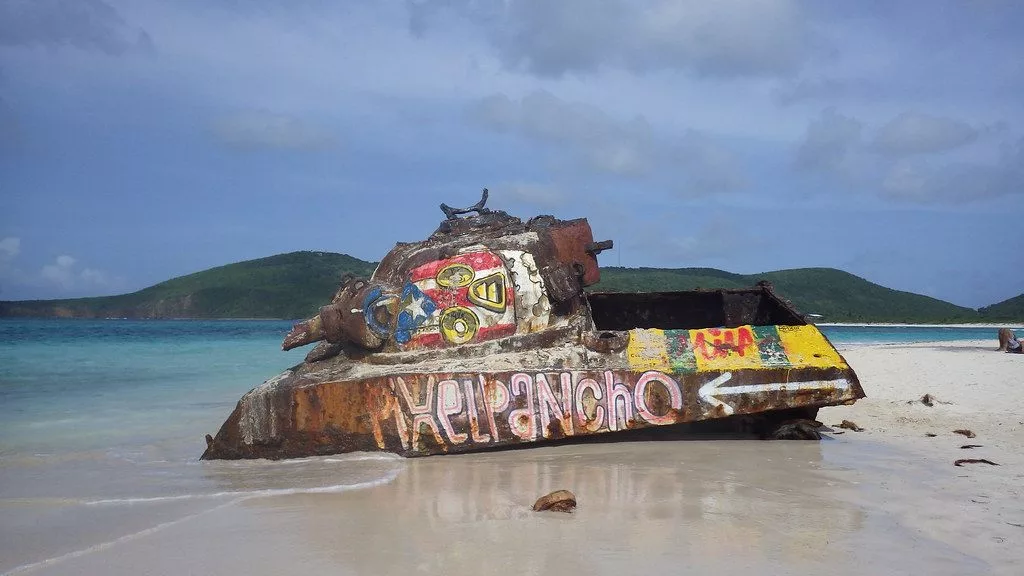
Tank in Culebra, Puerto Rico. Photo credit: Jarrett Hines
Shape of conflict
The future of conflict in the US territories poses a range of challenges and potential risks that need to be carefully addressed. These territories face unique geopolitical considerations that have implications for their sovereignty, safety, and future development. Like with conversations involving issues like climate change or political development, they are at the mercy of a system in which they have no power.
One of the current challenges is the power struggle between major global players. As the territories hold strategic positions in key regions, they may once again become focal points for geopolitical competition amidst rising tensions. Potential conflicts, both conventional and non-conventional, could arise that directly impact the territories and their residents. Perhaps another case of history repeating itself, this time with nation-states fighting over resources.
Another challenge: Balancing military interests, economic development, and the well-being of residents is a complex task. Advocacy and activism for self-determination are now playing an important role in shaping the future of the territories. Many residents are actively engaged in advocating for their right to self-determination and addressing the impacts of conflict on their communities. This includes efforts to strengthen local governance, promote cultural preservation, and seek fair representation in decision-making processes. They still face what, to many in the federal government, is the primordial consideration: National security.
Understanding the historical significance of conflict in shaping the territories’ lives is therefore essential. The legacies of past conflicts, such as the Spanish-American War and World War II, continue to influence the dynamics of the territories. Recognizing this historical context should then inform discussions on the current conditions and the territories’ future to avoid repeating the same mistakes of the past. Military presence and service will invariably continue to be an important part of the fabric of life in the territories; advancements in society ought to improve what that relationship looks like. The question, as with so many other aspects of the territories, is to what extent the US will be willing to change the ways of the past.
Recognizing the intersectionality of sovereignty, security, economic development, and cultural preservation, one thing is clear: the context of conflict for these islands is intrinsically complex and evolving.
This is the seventh in a series of articles examining the United States and its relationship with the territories, marking a decade after Pasquines’ founding. Please help us continue covering the context of islands by making a donation today.

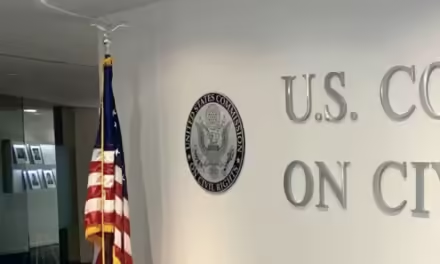
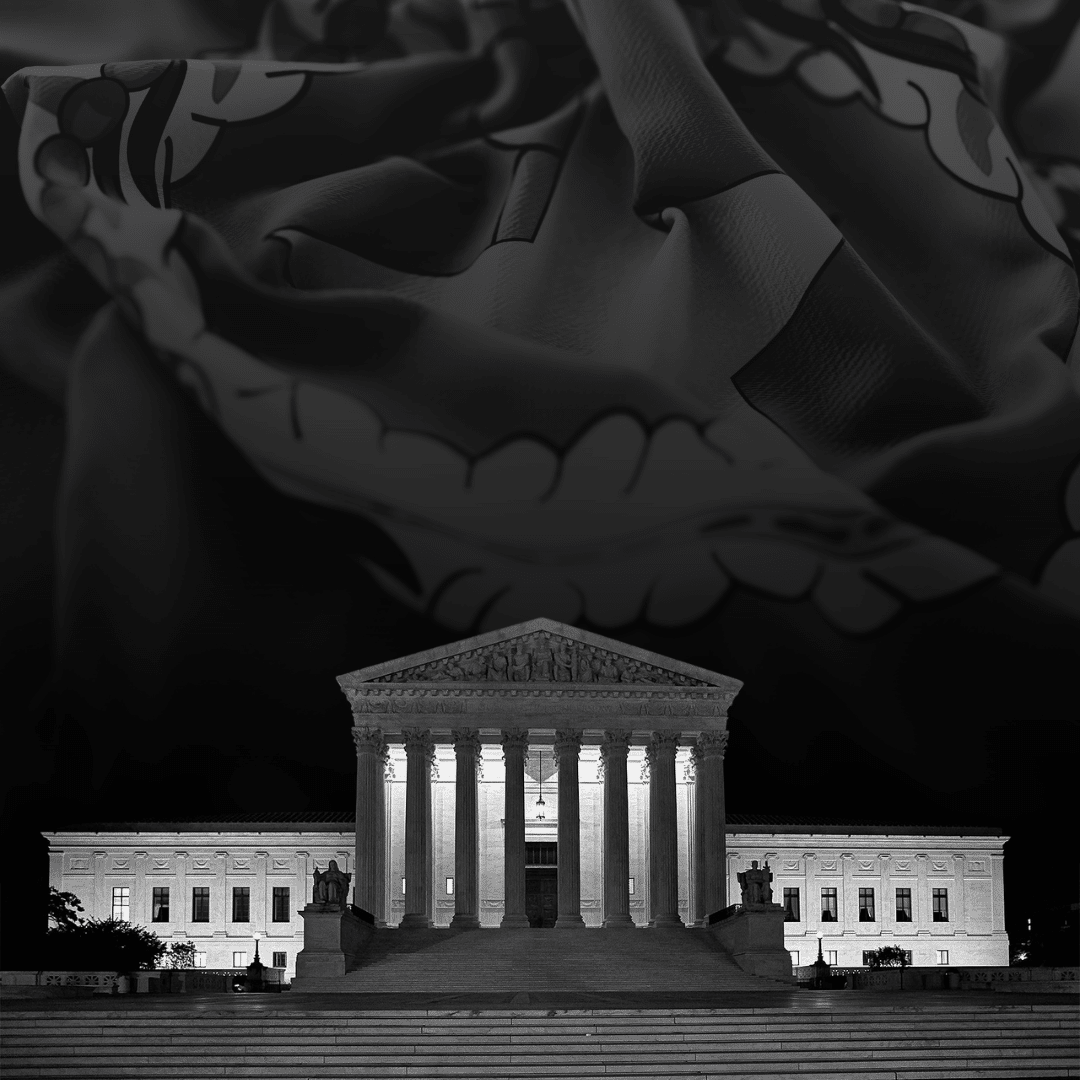

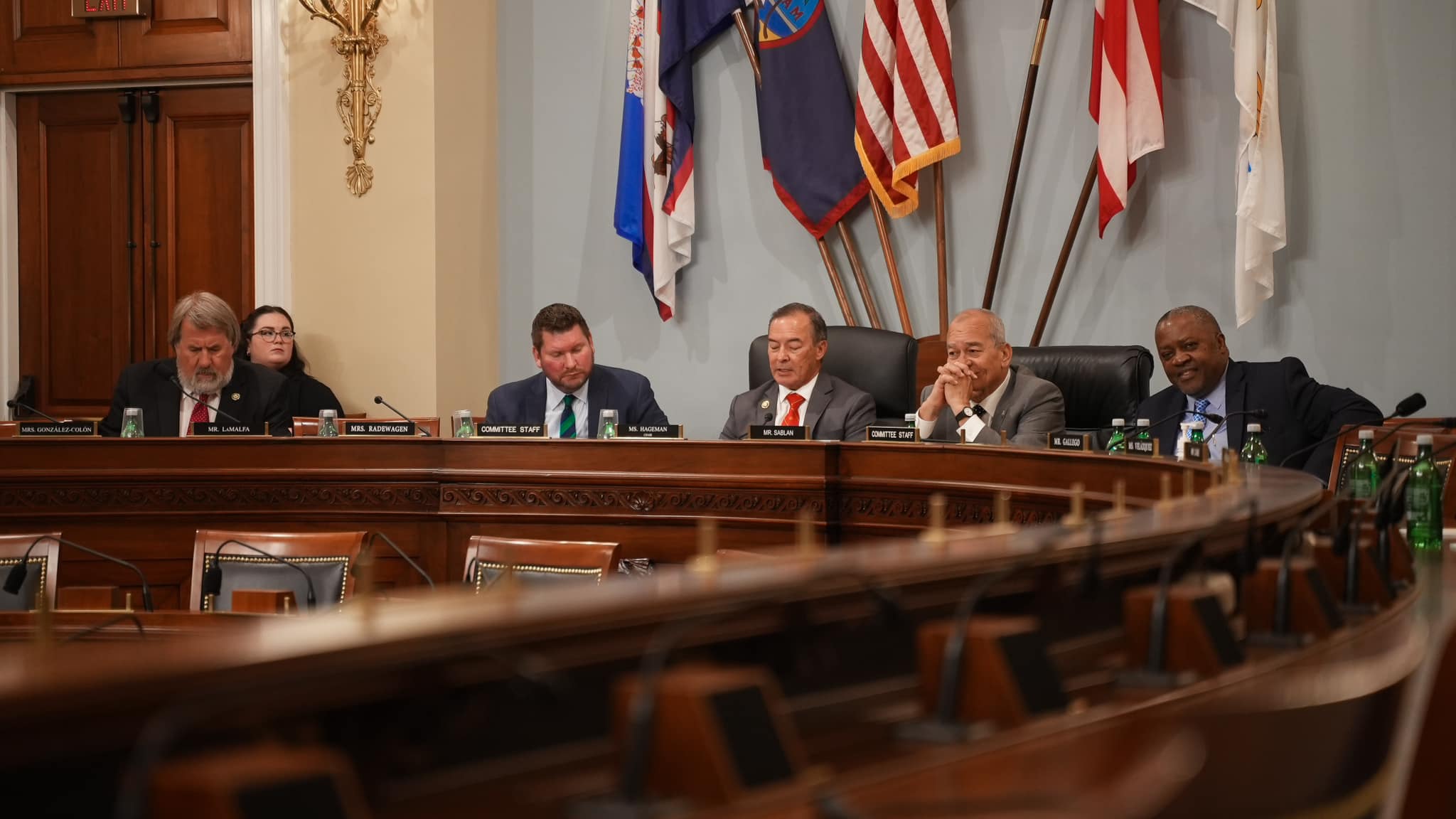
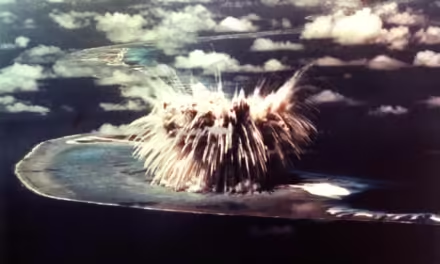
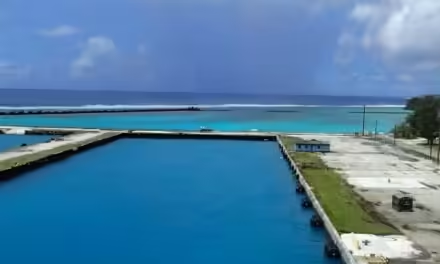


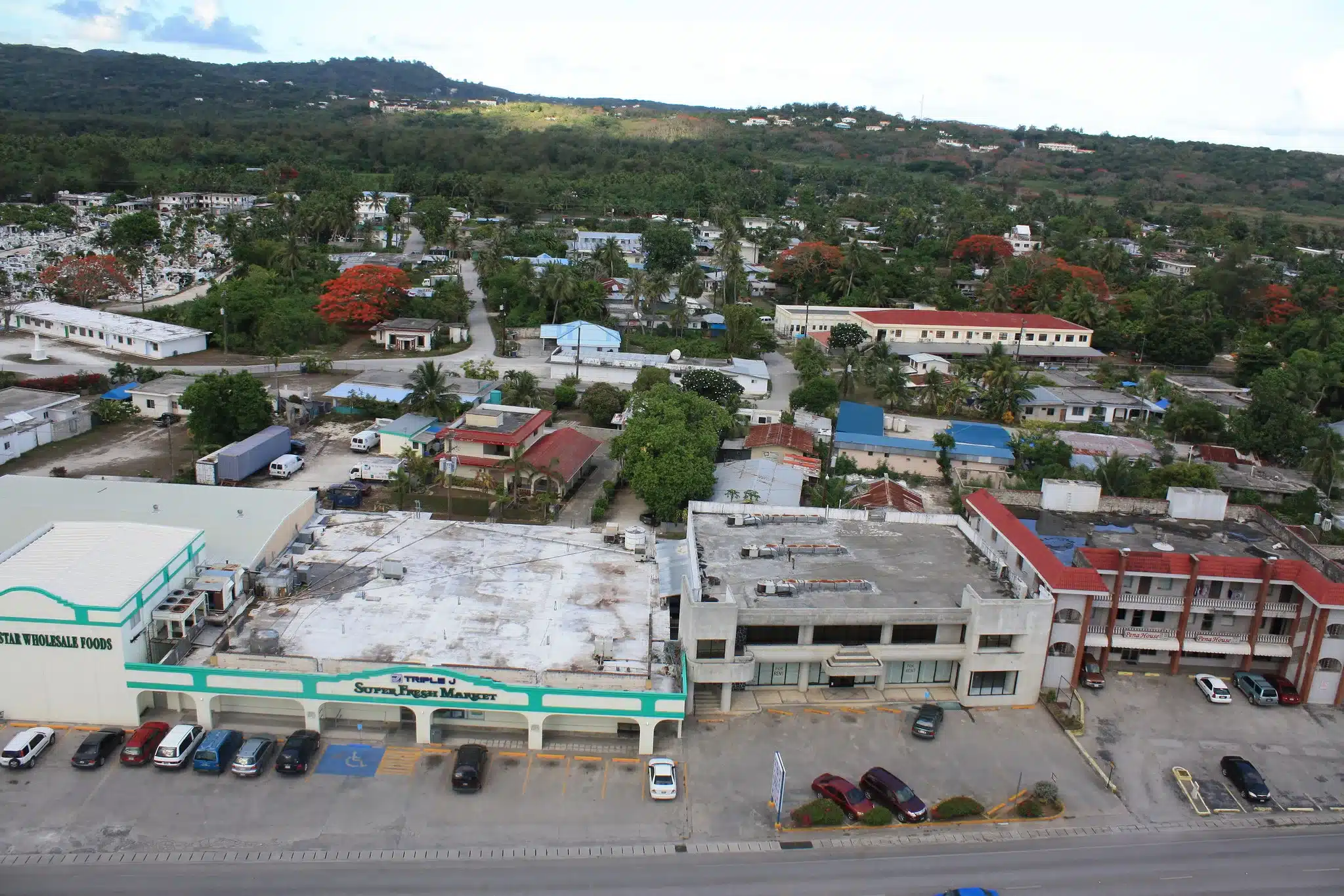
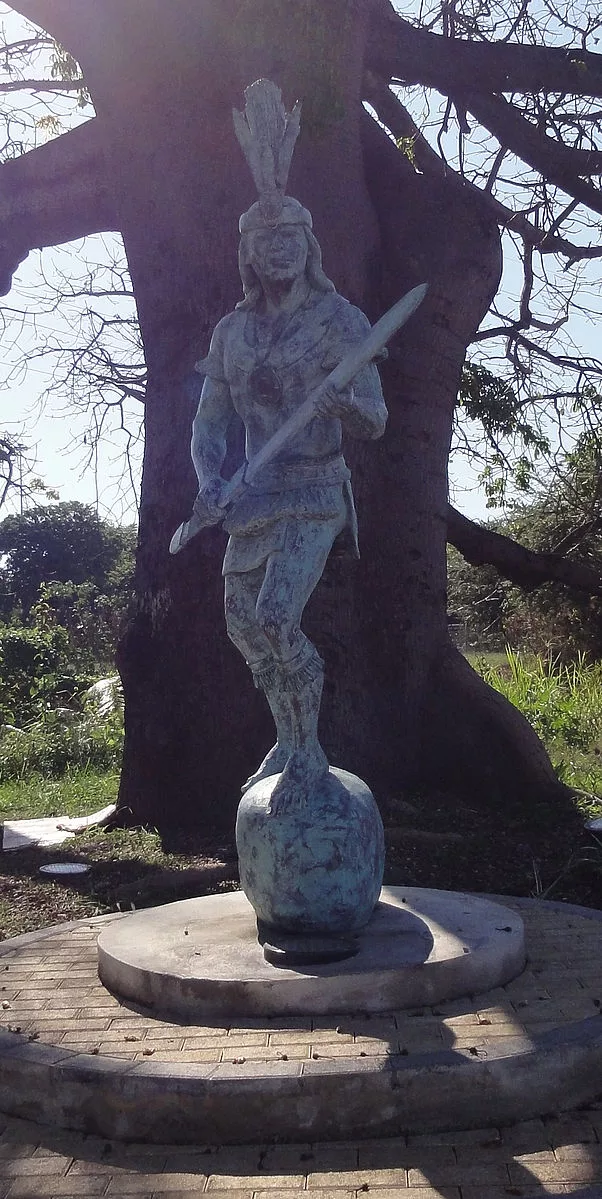
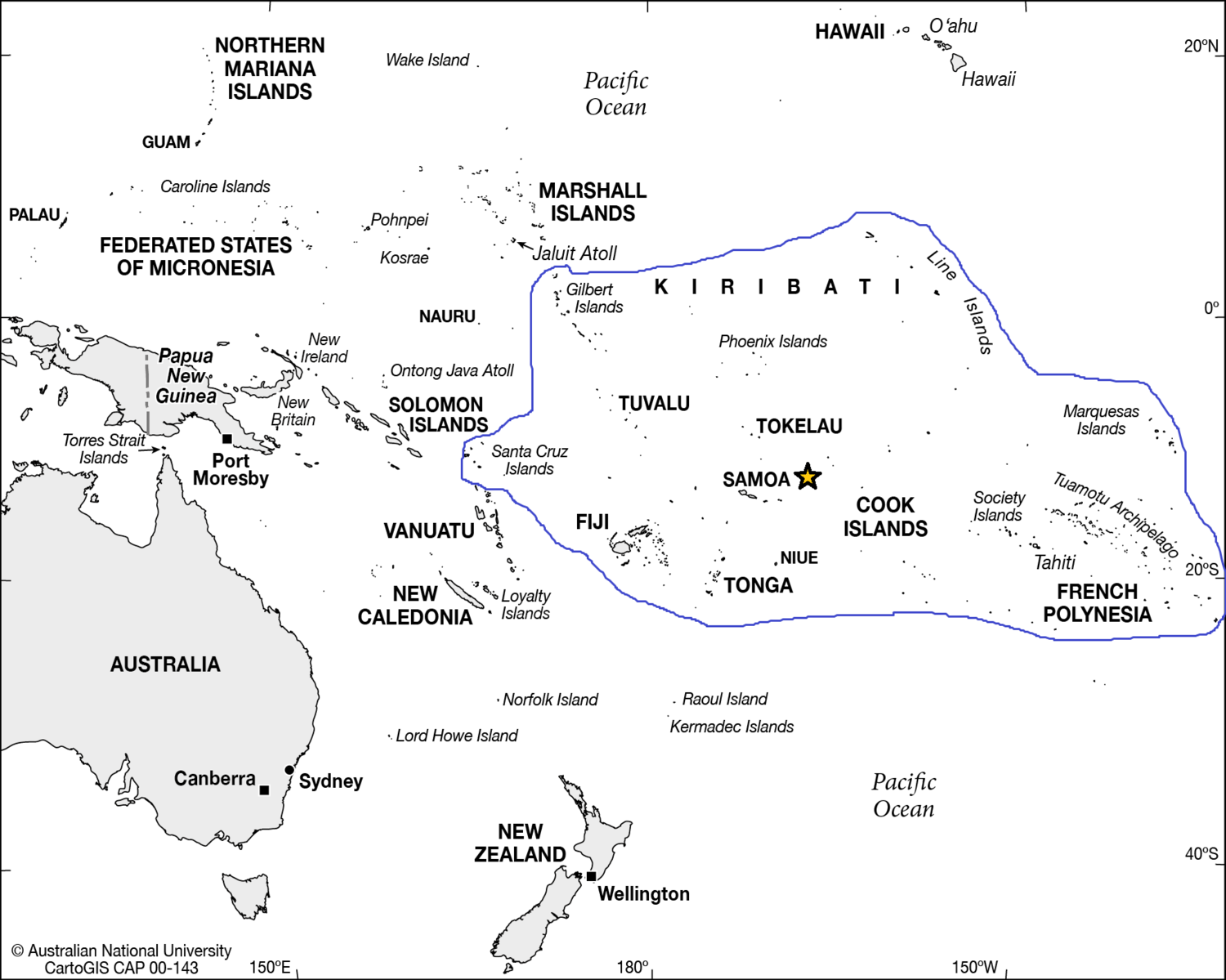
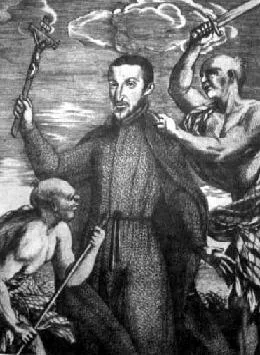
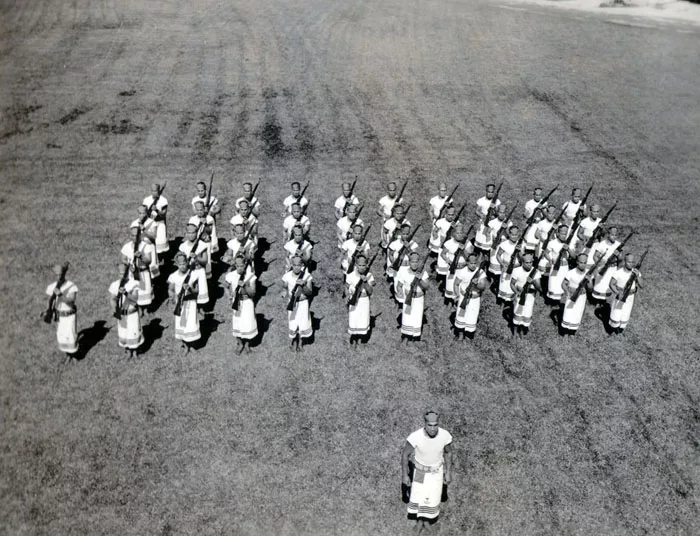
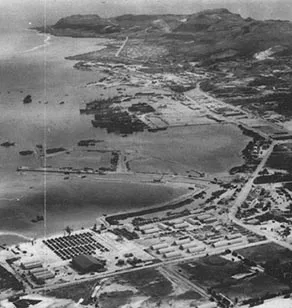
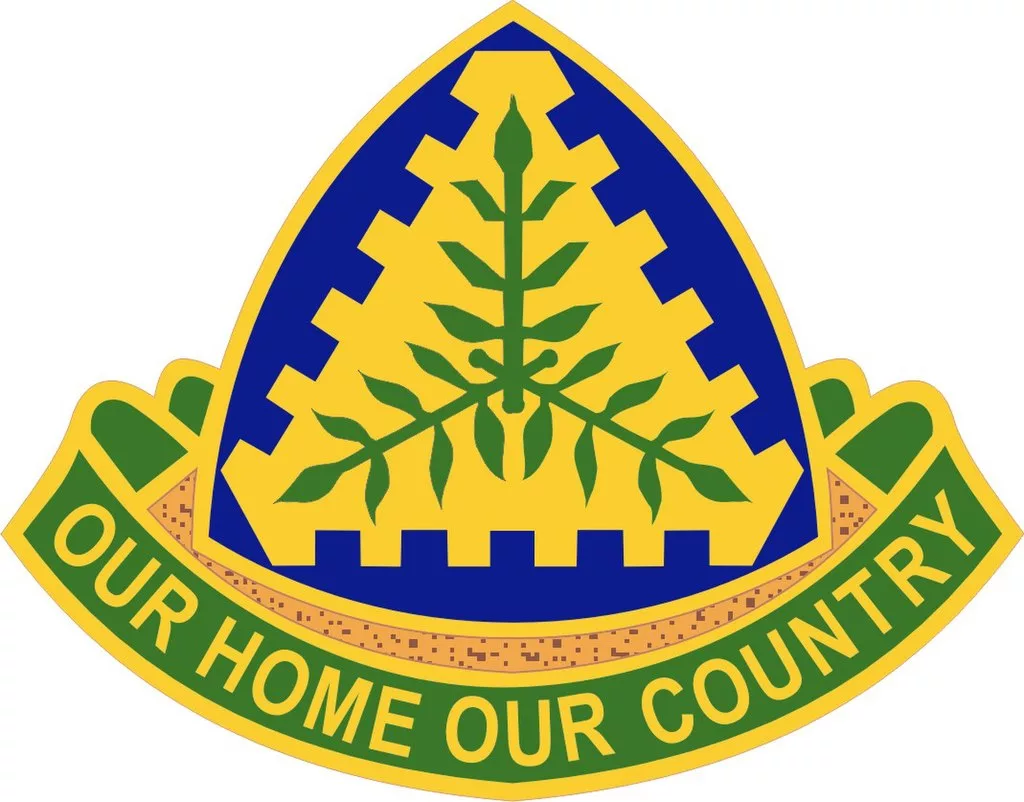

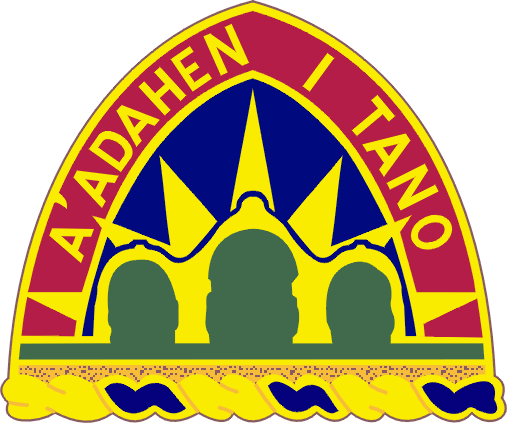


0 Comments